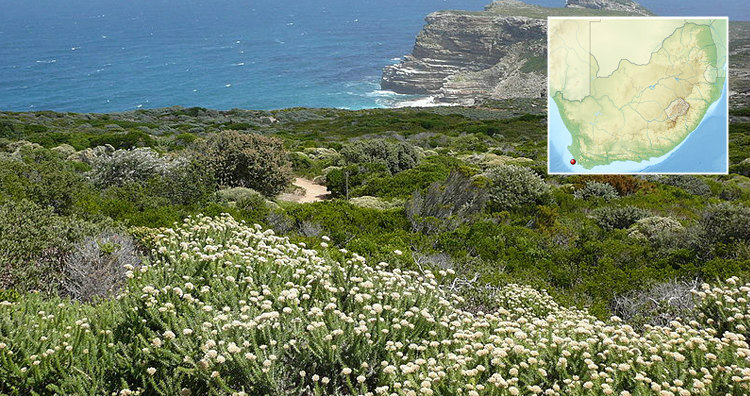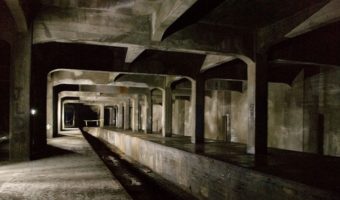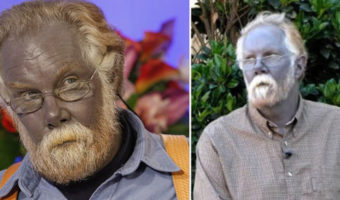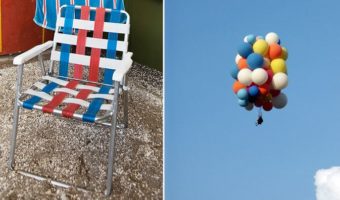10 Isolated Regions Where Life Evolved Differently
6 The Movile Cave, accidentally discovered by Romanian workers in 1986, was sealed for over 5.5 million years making it highly anoxic. Because of this, the cave is now filled with evolutionarily distinct species of eyeless albino creatures that feed off sulfur-producing bacteria.
The cave’s air is comprised of only 7 to 10% oxygen compared to the 21% in the outer atmosphere. The carbon dioxide levels are a hundred times that of the outer air. The cave also has high levels of methane both in the air and the water, as well as hydrogen sulfide and ammonia. The temperature in the cave is 25 °C. Over the millions of years, the animals in the cave have evolved to live in these toxic conditions.
Of the 48 species found in the cave, 33 are endemic and include different species of spiders, leeches, water scorpions, woodlice, and centipedes. Since it is pitch dark in the cave, many of these creatures are born without eyes but are equipped with feelers and antennas. Most of them have no body color, and some are even translucent. (source)
7 The Cape Floristic Region of South Africa, the smallest of the six floral kingdoms in the world, has such an extraordinarily high diversity that 69% of the 9,000 plant species are endemic.Â
This floral kingdom covers the southwestern region of Western Cape and extends into the Eastern Cape of South Africa. Most of the region is covered with fynbos, a type of shrubland that occurs on acidic or nutrient-deficient sands. It contains the highest concentration of plant species in a non-tropical region. Apart from being home to many species of endemic protea, heath, and reed, it also the only place to find 12 plant families and 160 genera that are endemic to South Africa. (source)
8 Apart from being the deepest and most voluminous lake in the world, Lake Baikal is also home to at least 2,500 species of animals of which 80% cannot be found anywhere else on Earth.Â
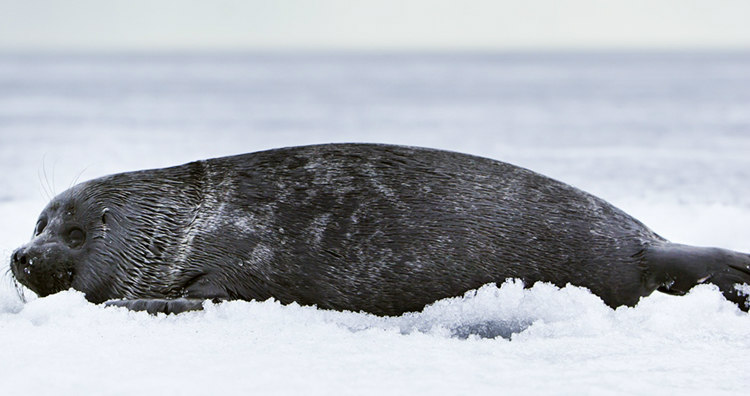
The Baikal seal, also known as the “nerpa,” is one of the three types of freshwater seals found in the world and only found in this lake. Though there are less than 65 species of fish, more than half of them are endemic such as whitefish, Baikal black grayling, Baikal, white grayling, and Baikal sturgeon. Apart from that, it has innumerable invertebrate population (making 80% to 90% of the biomass) and hundreds of species of endemic crustaceans, snails, aquatic worms, and sponges.
Another interesting fact about the lake is that, unlike most other deep lakes, it is not stratified and is rich in oxygen even in deeper sections. It holds 23% of the world’s freshwater and is considered the clearest lake with visibility being as much as 30 to 40 meters in winter and almost 8 meters in the summer. (1, 2)
9 There is a lake on an island in Palau that has been isolated from the sea for so long that the jellyfish evolved with almost no stingers. The golden jellyfish are quite harmless and people often swim with them.Â

Based on sedimentation and depth, Jellyfish Lake is believed to be over 12,000 years old when the end of the Ice Age caused the sea levels to rise and fill it. The lake is home to two types of jellyfish – the moon jellyfish and the golden jellyfish. The golden jellyfish is a close relative of the spotted jellyfish found in the nearby lagoon, but it differs from the other in terms of morphology, physiology, and behavior. The evolutionary changes include the disappearance of spots, change in color, and decrease in the length of its clubs. Though both golden and moon jellyfish have stinging cells, they are not powerful enough to do any harm. (source)
10 Because of how isolated it is, the island of Socotra, Yemen, has plant life that cannot be found anywhere else on the planet. Often described as the “most alien-looking place on Earth,” it is considered the jewel of biodiversity in the Arabian Sea.Â
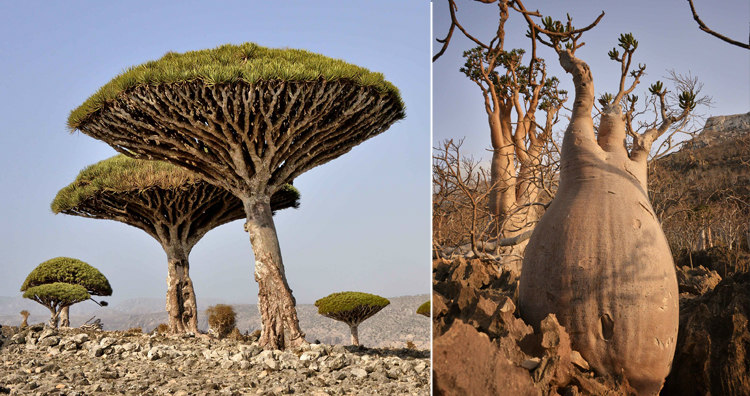
Socotra is the biggest island (95% landmass) in the Socotra Archipelago located between the Guardafui Channel and the Arabian Sea. According to a survey conducted by UN biologists in the 1990s, over 700 species of flora and fauna are endemic to the island. The combination of heat, humidity, and drought on the island has created unique plant species like the strange-looking, umbrella-shaped dragon blood tree which has sap as red as blood.
Other plants include the various species of aloe like the Aloe perryi or Socotrine aloe, Socotran pomegranate, Boswellia socotrana, the giant cucumber tree Dendrosicyos socotranus, and the giant succulent tree Dorstenia gigas. There are also several endemic species of mammals as well as birds such as the Socotra starling, the Socotra sunbird, Socotra sparrow, Socotra golden-winged grosbeak, Socotra cisticola, Socotra warbler, and Socotra bunting, many of which are endangered because of introduced feral cats. (source)
10 Unbelievably Beautiful Places You Must See Before You Die!














